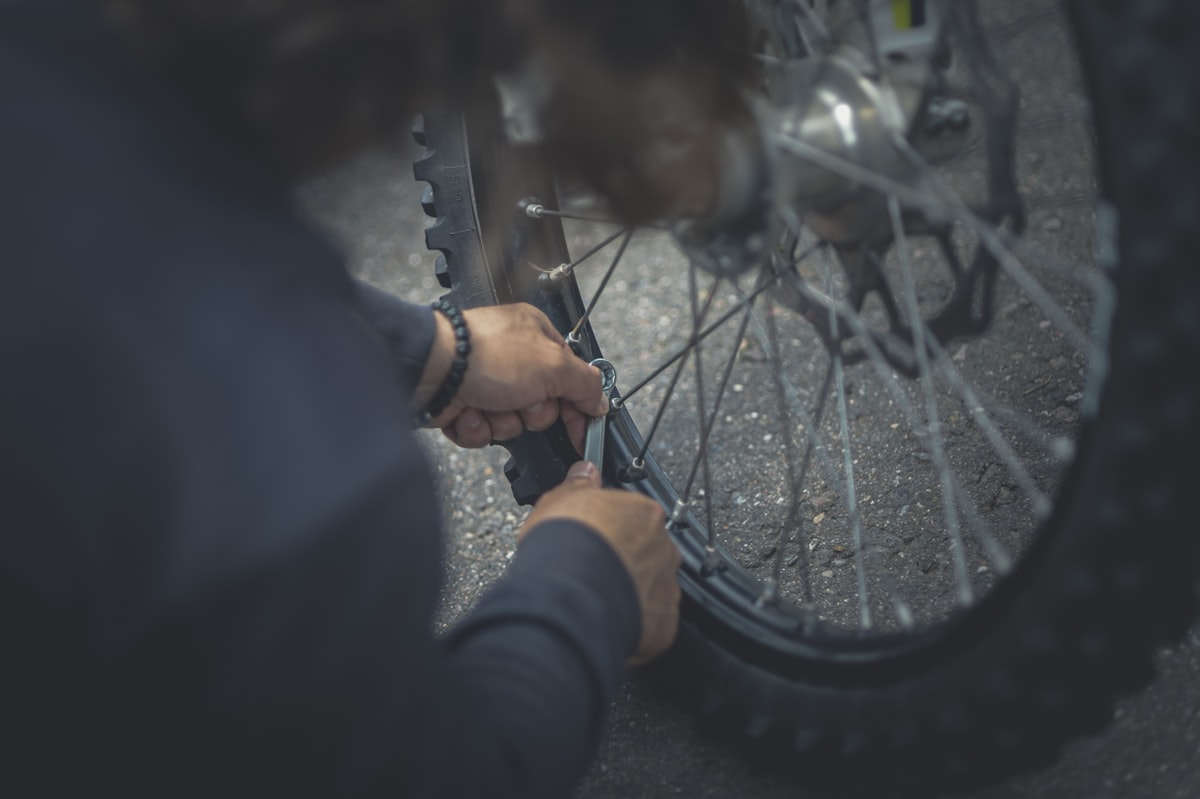
The Fastest E-Bikes: Exploring Speed and Technology
Electric bikes, often called e-bikes, have surged in popularity. They offer an appealing blend of cycling and electric power. For those seeking speed, several models stand out. This article delves into some of the fastest e-bikes available, exploring how they reach impressive velocities and maintain safety and performance.
Understanding E-Bike Speed Categories
E-bikes are categorized based on their speed and operation capabilities:
- Class 1: Pedal-assist only, with no throttle. Maximum speed of 20 mph.
- Class 2: Throttle-assisted, where the motor engages from a complete stop. Speed capped at 20 mph.
- Class 3: Pedal-assist only, with increased top speeds of up to 28 mph.
Higher speeds often mean the bike falls outside these standard categories. Some e-bikes can exceed 30 mph, entering a realm where stricter regulations apply. These speeds satisfy thrill-seekers but require careful attention to safety and local laws.
Engineering Fast E-Bikes
Manufacturers employ advanced engineering to create fast e-bikes. The motor plays a pivotal role. Motors are rated by power output. Common ratings are 250W, 500W, and 750W. High-speed e-bikes often use motors upwards of 1000W. Torque is another factor, influencing acceleration. Large capacity batteries support these powerful motors, providing necessary energy for sustained speeds.
Weight is also considered. Lightweight materials reduce the load, improving speed and efficiency. High-performance models might use carbon fiber or aerospace-grade aluminium. These materials are strong yet light, improving both speed and maneuverability.
Top Fast E-Bike Models
Several models lead the race for speed. Each boasts unique features tailored for performance:
Stromer ST5
The Stromer ST5 combines sleek design with superior speed capabilities. It’s equipped with a 850W rear hub motor. It reaches speeds up to 28 mph. Its battery offers impressive range, ensuring it can maintain speed across long distances. The integration of technology like Bluetooth and mobile app connectivity enhances its performance suit.
Greyp G12S
The Greyp G12S resembles more of a motorbike than a traditional e-bike. It hosts a 12 kW motor, delivering raw power. It achieves speeds up to 43 mph. Such capacity positions it in a unique niche. It blends electric bicycle principles with motorcycle speed. Reinforced suspension and robust tires provide stability at such velocities.
Delfast Top 3.0
The Delfast Top 3.0 holds a record in the e-bike category. It’s engineered for speeds close to 50 mph. It’s powered by a 3000W motor. Its range extends over 200 miles under optimal conditions, due to its high capacity battery. These characteristics make it a marvel in engineering and practical application for long-distance high-speed rides.
Safety Considerations for High-Speed E-Bikes
Safety is paramount when operating any e-bike, particularly those capable of high speeds. Riders must wear appropriate protective gear. Helmets are non-negotiable. Elbow and knee pads add an extra layer of protection. Reflective clothing improves visibility, essential during low-light conditions.
Adhering to local regulations is critical. Many regions enforce strict rules governing e-bike operation. These laws impact speed, use of public roads, and safety equipment. Familiarity with local laws protects riders both legally and physically.
Impact on Transportation and Urban Environments
Fast e-bikes could revolutionize urban transport. They offer an alternative to crowded public transit and traffic-heavy routes. Riders enjoy flexibility and control over their commute. E-bikes reduce carbon emissions compared to traditional vehicles. High-speed models extend the range and practicality for daily use.
However, challenges remain. Infrastructure must adapt to fast bikes sharing space with slower bicycles and pedestrians. Bike lanes and traffic signals require thoughtful planning. Cities embracing e-bikes may benefit from reduced congestion and pollution.
Future of High-Speed E-Bike Technology
Advancements continue to shape the future of fast e-bikes. Battery technology is a focus. Increased energy density promises longer range and lighter weight. Smart systems improve rider experience. Real-time diagnostics help optimize performance and maintenance.
Connectivity options are expanding. Features allowing integration with smartphones facilitate navigation and performance tracking. These innovations promise an enhanced, tailored riding experience.
Conclusion
The world of high-speed e-bikes offers a glimpse into the future of personal transport. With engineering marvels and dedicated safety measures, they promise both excitement and efficiency. They’re more than just faster bicycles. They’re a pivotal part of the evolving urban landscape, balancing exhilarating speeds with sustainable travel.
Recommended Cycling Gear
Garmin Edge 1040 GPS Bike Computer – $549.00
Premium GPS with advanced navigation.
Park Tool Bicycle Repair Stand – $259.95
Professional-grade home mechanic stand.
As an Amazon Associate, we earn from qualifying purchases.




Subscribe for Updates
Get the latest articles delivered to your inbox.
We respect your privacy. Unsubscribe anytime.